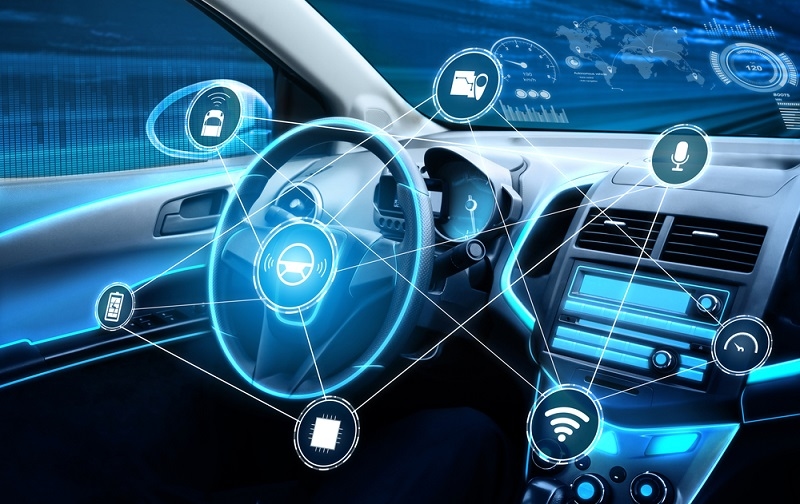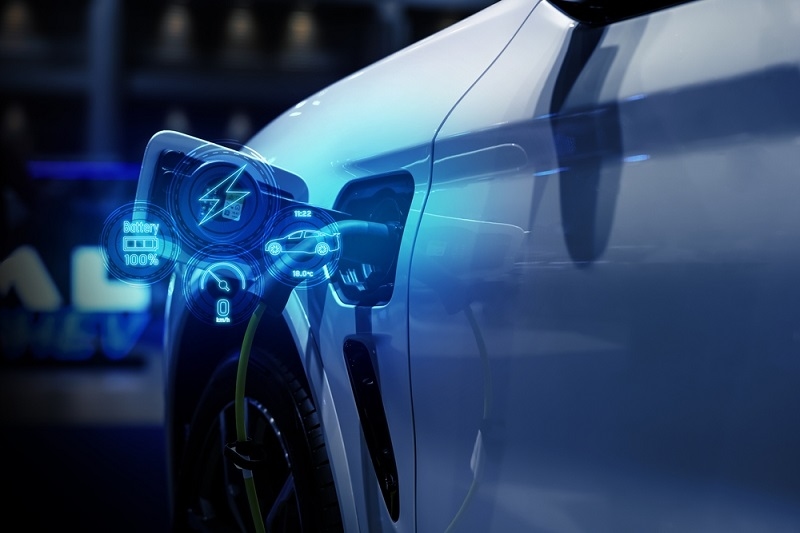
When most people think about cars, the first things that pop into their head are speed, design, comfort, or maybe fuel efficiency. But let’s be honest—none of that matters if the car can’t keep you safe. Over the last few years, carmakers have been in an arms race, not just to build faster or smarter vehicles, but to make sure you walk away unharmed if something goes wrong.
And the cool part? Cars today don’t just protect you when an accident happens. They’re built to stop the accident from happening in the first place. That’s what modern car safety technology is all about. Instead of relying on luck, you’ve now got sensors, cameras, and computers constantly watching your back.
So, what are the top features you should actually care about? Let’s run through them one by one.
Picture this. You’re driving through downtown traffic, your eyes drift to your phone for a split second, and the car ahead suddenly stops. In the old days, that’s a guaranteed bumper-to-bumper crash. With automatic emergency braking, the car notices before you do and slams the brakes for you.
It’s not foolproof, but in city driving where every second counts, it’s the difference between a close call and a busted front bumper.
Changing lanes on a busy highway can feel like a leap of faith sometimes. You crane your neck, check your mirrors, and still somehow there’s a car right where you didn’t see it. Blind spot detection solves that. A little light or beep tells you when someone’s sitting where you can’t spot them.
Some cars even push the wheel slightly back if you try to cut across. Annoying? Maybe. Life-saving? Absolutely.
We all like to think we’re alert behind the wheel, but on a long drive your focus slips. That’s where these systems kick in. If you start drifting across lanes without signaling, your car buzzes or flashes a warning. If you keep drifting, lane keep assist gently steers you back.
It doesn’t feel like someone taking over the wheel—more like a gentle tap on the shoulder saying, “Hey, straighten up.”
Cruise control used to just hold your speed steady. Now it’s evolved into something much more clever. Adaptive cruise control automatically adjusts your speed to keep a safe gap from the car ahead.
Stuck in stop-and-go traffic? It slows down and speeds up for you. It won’t completely drive the car, but it takes the edge off those tedious stretches of highway.
Backing out of a parking space is one of those times you just hope for the best. Rear cross-traffic alert removes the guesswork. Sensors check for cars (or even cyclists) zipping past while you’re reversing. If there’s danger, the car screams at you. In some models, it’ll even hit the brakes.
Parents with kids running around parking lots will know how much peace of mind that brings.

This is one of those features you don’t realise you need until you have it. Multiple cameras around the car stitch together a bird’s-eye view on your screen. Suddenly parking in a tight garage or pulling up against a wall feels a lot less stressful.
It’s almost like playing a video game, except the scratches are very real if you get it wrong.
Here’s a confession: everyone’s nodded off a little on a long drive at some point. Driver monitoring systems try to stop that from becoming dangerous. They track your eye movement, head position, or even how steady your steering is.
If you start looking drowsy, the car chimes in with alerts and sometimes suggests a coffee break. It can feel a bit bossy, sure, but it’s better than dozing off behind the wheel.
On A Similar Note: 10 Must-Know Tips for New Vehicle Owners
Cars aren’t just about keeping drivers safe anymore—they’re also protecting people outside the car. Pedestrian detection systems use cameras and radar to watch for people crossing unexpectedly.
If the system senses a person in your path and you don’t react fast enough, it’ll brake automatically. In busy city streets, that can be the difference between a close call and a tragedy.
Not all safety features shout for attention. Some, like electronic stability control, just quietly do their job. When your car skids on a slippery road or takes a sharp turn too quickly, the system brakes individual wheels to stop you spinning out.
Since becoming standard in most vehicles, it’s prevented thousands of crashes every year. You’ll rarely notice it working—but that’s kind of the point.
Airbags have been around for decades, but they’re smarter now. It’s not just about a bag in the steering wheel anymore. You’ve got side curtain airbags, knee airbags, and systems that adjust the force of deployment based on your size and seat position.
Some futuristic designs even include external airbags that deploy outside the car to protect pedestrians. It’s wild, but it shows how far this technology has come.
Now here’s the tricky part. You might wonder: what’s the best car safety technology to look for? Honestly, it depends. If you drive long distances on highways, adaptive cruise and lane keep assist are game changers. If you’re mostly in the city, pedestrian detection and rear cross-traffic alert will probably serve you better.
That’s why the best safety technology cars aren’t necessarily the ones with every feature under the sun. They’re the ones with the right mix for your lifestyle.
Here’s something people forget: all the gadgets in the world won’t save you if the basics aren’t right. Regular servicing, proper tire pressure, and a timely car safety inspection are still crucial. Technology is a safety net, not a replacement for common sense.
Think of it as teamwork. The car handles split-second emergencies, while you take care of the day-to-day responsibility of safe driving.
When you look at how far we’ve come, it’s impressive. A decade ago, half these features didn’t exist in everyday cars. Today, many of them come as standard. The future promises even more, with self-driving features inching closer each year.
But let’s not pretend they’re perfect. Sensors get dirty. Alarms can be overly sensitive. And some drivers rely too heavily on the tech. The key is balance—trust the systems, but don’t check out completely.
At the end of the day, technology and car safety are now permanently linked. And that’s a good thing. Every new feature brings us closer to fewer accidents and safer roads.
Modern cars aren’t just machines that get you from point A to B. They’re guardians, quietly working behind the scenes to keep you, your family, and even strangers on the street safe.
And while the best safety technology in cars will keep evolving, one truth won’t change: driving carefully will always be the most important safety feature you have.
This content was created by AI